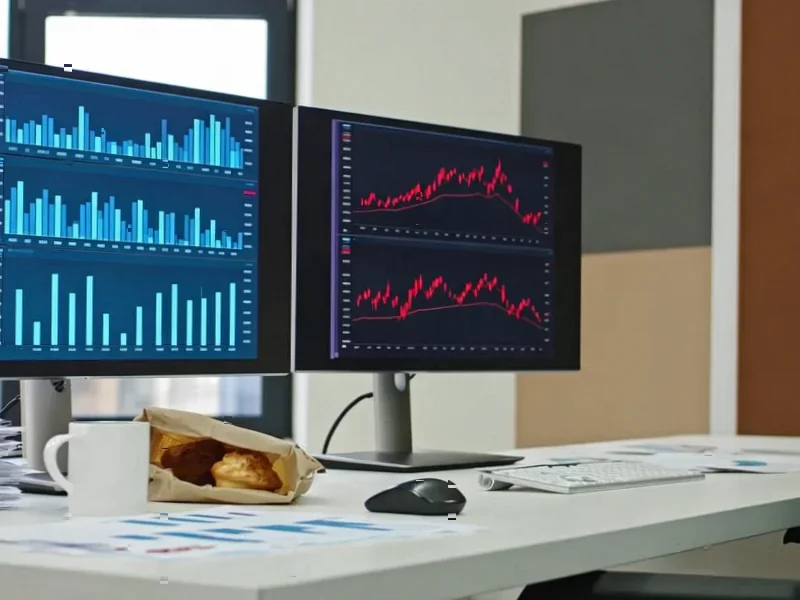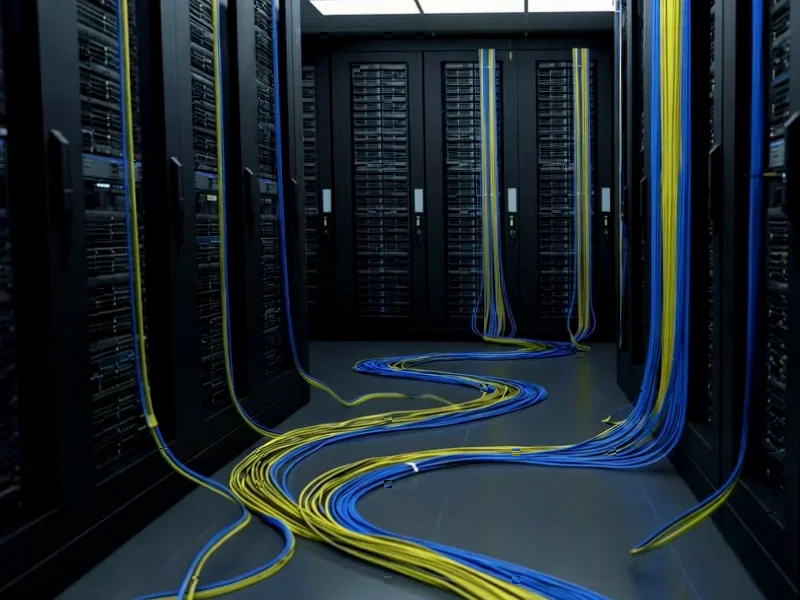According to DCD, fiber firm Exa Infrastructure announced in late October that it will acquire Conexio doo Beograd’s long-haul duct assets in Serbia, expanding its footprint in the Balkans. The acquisition includes two high-density polyethylene (HDPE) ducts spanning 860km, existing cables, and 15 points of presence locations, along with the transfer of existing customer contracts. Steve Roberts, senior vice president of strategic investments at Exa, stated that the assets integrate seamlessly with previous acquisitions of Unitel in Croatia and GCN in Bulgaria, creating what the company calls “the leading homogeneous network connecting Western Europe to the Balkans, Bulgaria, Greece, Turkey, and beyond.” The deal follows Exa’s recent refinancing that raised over €1.3 billion ($1.52bn) in new financing and comes after the company’s agreement to acquire Aqua Comms from D9 for $48 million earlier this year. This strategic expansion represents a significant consolidation play in European fiber infrastructure.
The Technical Architecture Behind Balkan Connectivity
The acquisition of Conexio’s HDPE duct infrastructure represents more than just route expansion—it’s about creating a unified technical architecture across the Balkans. HDPE ducts provide superior protection against environmental factors and mechanical stress compared to traditional PVC conduits, offering longer lifespan and reduced maintenance costs. The 15 PoP locations strategically positioned along the 860km route enable efficient signal regeneration and network management, critical for maintaining low latency across diverse terrain. What makes this acquisition particularly significant is how it integrates with Exa’s existing Balkan infrastructure, creating what appears to be the first truly homogeneous fiber network connecting Western Europe to Southeastern Europe and Turkey.
Strategic Implications for European Data Flow
Exa’s Balkan consolidation comes at a pivotal moment for European data infrastructure. The region serves as a crucial bridge between Western Europe and growing digital economies in Turkey and the Middle East. By creating a homogeneous network—meaning consistent technology standards, management systems, and service levels across the entire route—Exa can offer enterprises and carriers predictable performance and simplified operations. This contrasts with the patchwork of regional providers that previously characterized Balkan connectivity, where customers had to manage multiple contracts, varying service levels, and technical incompatibilities. The timing aligns with increasing data demands from cloud migration, 5G backhaul requirements, and growing inter-regional business connectivity.
Financial Backing and Market Consolidation
The €1.3 billion refinancing that preceded this acquisition signals strong investor confidence in Exa’s strategy and the broader European fiber infrastructure market. I Squared Capital, Exa’s owner, appears to be executing a classic infrastructure investment playbook: acquire regional assets, integrate them into a unified platform, and leverage scale advantages. This approach mirrors strategies seen in North American fiber consolidation but applied to the more fragmented European market. The simultaneous pursuit of multiple acquisitions—Conexio, Aqua Comms, and previous Balkan deals—suggests Exa is capitalizing on favorable financing conditions to accelerate market consolidation before competitors can establish similar scale advantages.
Shifting Competitive Landscape
This acquisition significantly alters the competitive dynamics in European fiber infrastructure. Exa’s growing footprint now positions it as a formidable competitor to established pan-European carriers like Deutsche Telekom’s International Carrier Sales & Solutions (ICSS) and Orange’s International Carriers business. The homogeneous network approach could prove particularly disruptive in the wholesale carrier market, where consistency and reliability often outweigh marginal price differences. For enterprise customers with operations across multiple European regions, Exa’s expanding footprint reduces the complexity of managing multiple regional providers while potentially improving service level agreements through end-to-end control of the infrastructure.
Future Expansion and Technical Evolution
Looking forward, Exa’s Balkan expansion likely represents just one phase of a broader European strategy. The company’s recent launch of new European fiber routes connecting London to Frankfurt, Amsterdam, and Brussels suggests a comprehensive approach to continental connectivity. Technically, the next evolution will likely involve integrating these terrestrial networks with subsea assets like the Aqua Comms acquisition, creating seamless land-sea-land connectivity. The homogeneous network architecture also positions Exa well for future technologies like 400G and 800G coherent optics, which require consistent fiber characteristics and amplification strategies across the entire route to achieve optimal performance.




